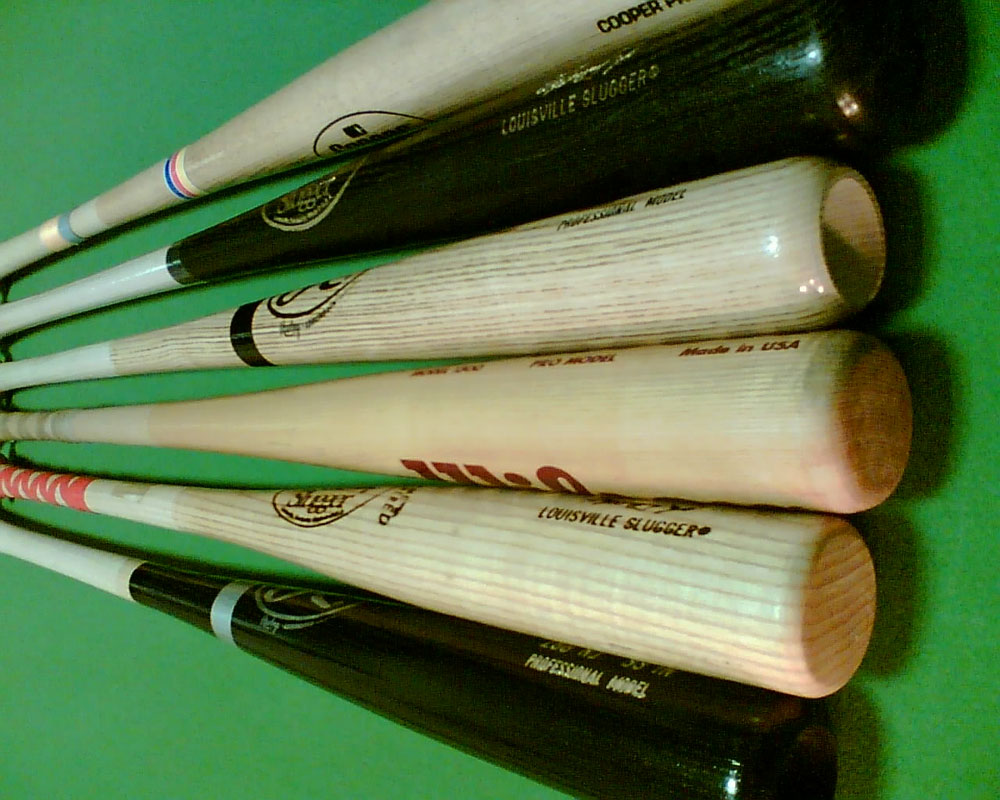Yankees’ “Torpedo” Bats: The Secret Behind Their Record-Breaking Power Surge
Baseball season is back, and the New York Yankees wasted no time making headlines. In their opening three-game series of 2025, the Yankees tied a Major League record by smashing 15 home runs, including a franchise-best nine homers in a single game during a 20-9 win over the Milwaukee Brewers. The real highlight of the Bronx Bombers’ historic performance was their astonishing three home runs on the first three pitches against former Yankee pitcher Nestor Cortes. Paul Goldschmidt, Cody Bellinger, and Aaron Judge went back-to-back-to-back, launching consecutive homers to kick off the explosive game. But behind this historic power surge lies an innovation that’s got the entire baseball world buzzing: the “Torpedo” bat.
What is the Torpedo Bat?
The “Torpedo” bat–named for its resemblance to the shape of a torpedo–looks to be a game-changing modification to the traditional bat. Developed to optimize contact and power, the bat shifts more mass toward the barrel but moves it closer to the hitter’s hands. Unlike the conventional design, where the widest part of the bat sits near the end, the Torpedo redistributes the “sweet spot” to the area where hitters most frequently make contact.
As Yankees shortstop Anthony Volpe explained:
“The bigger you can have the barrel where you hit the ball, it makes sense to me.”
The Yankees’ analytics department studied detailed hitting data for each player, pinpointing where they tended to make contact. For Volpe, this meant adjusting the barrel toward the label on his bat. Customized for each hitter, the bat maximizes exit velocity and increases the margin for error, effectively giving hitters a larger sweet spot.
How Does It Work? The Science Behind the Bat
The concept is rooted in physics. Imagine the difference between swinging a sledgehammer and a broomstick. The sledgehammer, with its mass concentrated at the tip, is harder to swing but delivers more force. The broomstick is faster but lacks impact.
Aaron Leanhardt, an MIT-educated physicist who left academia to work for the Yankees, applied this principle to baseball. By shifting the mass of the bat to where hitters naturally make contact, Leanhardt created a bat that optimizes the balance between mass and swing speed.
“It’s just about making the bat as heavy and as fat as possible in the area where you’re trying to do damage on the baseball,” Leanhardt said.
This redistribution allows for a faster swing with increased impact when the ball meets the optimized barrel. Though mishits may result in weaker contact compared to traditional bats, the trade-off is worth it: a slight increase in exit velocity can be the difference between a flyout and a home run.
From Concept to Reality: The Yankees’ Adoption
The “torpedo bat” made its quiet debut during the 2024 postseason when Giancarlo Stanton used it to crush seven home runs in 14 games. Stanton’s success validated Leanhardt’s idea, prompting several Yankees to experiment with the bat during Spring Training.
By the time the 2025 season began, the Torpedo Bat had become a staple in the Yankees’ clubhouse. In the opening series alone, five Yankees–Anthony Volpe, Jazz Chisholm Jr., Cody Bellinger, Paul Goldschmidt, and Austin Wells–accounted for nine of the team’s 15 home runs using the new model.
Cody Bellinger, who switched to a Louisville Slugger Torpedo model in the offseason, highlighted the bat’s impact: “The weight is closer to my hands, so I feel as if it’s lighter in a way. Obviously, the bigger the sweet spot, the bigger the margin for error.”
Why Doesn’t Everyone Use It?
Despite the Yankees’ early success with the Torpedo Bat, not every player is ready to make the switch. Even Yankees captain Aaron Judge, fresh off a four-homer weekend, is sticking with his traditional model for now.
“The past couple of seasons kind of speak for themselves,” Judge said. “Why try to change something?”
However, other teams are taking notice. Players from the Braves, Orioles, Twins, and Rays have begun experimenting with the Torpedo Bat, with many placing orders after witnessing the Yankees’ power display. San Diego Padres star Manny Machado joked that the Padres could use a shipment of Torpedo bats after watching the Yankees go deep so often. “They should send a few over here if they’re gonna be hitting homers like that,” Machado quipped.
Legal and Controversial?
Despite its unconventional look, the Torpedo Bat is completely legal under MLB rules. According to Rule 3.02, bats must be:
- No more than 2.61 inches in diameter at the thickest part.
- No longer than 42 inches in length.
- Made from a single piece of wood.
The Torpedo Bat satisfies all these requirements. Even so, Brewers reliever Trevor Megill voiced frustration after surrendering multiple homers to Torpedo users, comparing the bats to something from slow-pitch softball. “I think it’s terrible. I’ve never seen anything like it before,” Megill said.
But as Yankees manager Aaron Boone pointed out, innovations like this are part of the game: “We’re trying to win on the margins. Whether it’s bat models or analytics, we’re always looking for that edge.”
The Future of the Torpedo Bat
With the Yankees leading the charge, the Torpedo Bat could change the offensive landscape of baseball. As pitching continues to evolve, hitters are searching for new ways to counterbalance the dominance of velocity and movement. The Torpedo bat may be the answer, giving players the tools to maximize their power and precision.
As Yankee short stop Anthony Volpe put it: “If it can help you foul off one pitch a season, if it buys you one more pitch, you might as well try it.”
If the Yankees’ historic start is any indication, it won’t be long before Torpedo bats become a staple in dugouts across Major League Baseball. And as the 2025 season unfolds, one thing is clear: The Yankees may have just redefined the art of hitting.



























